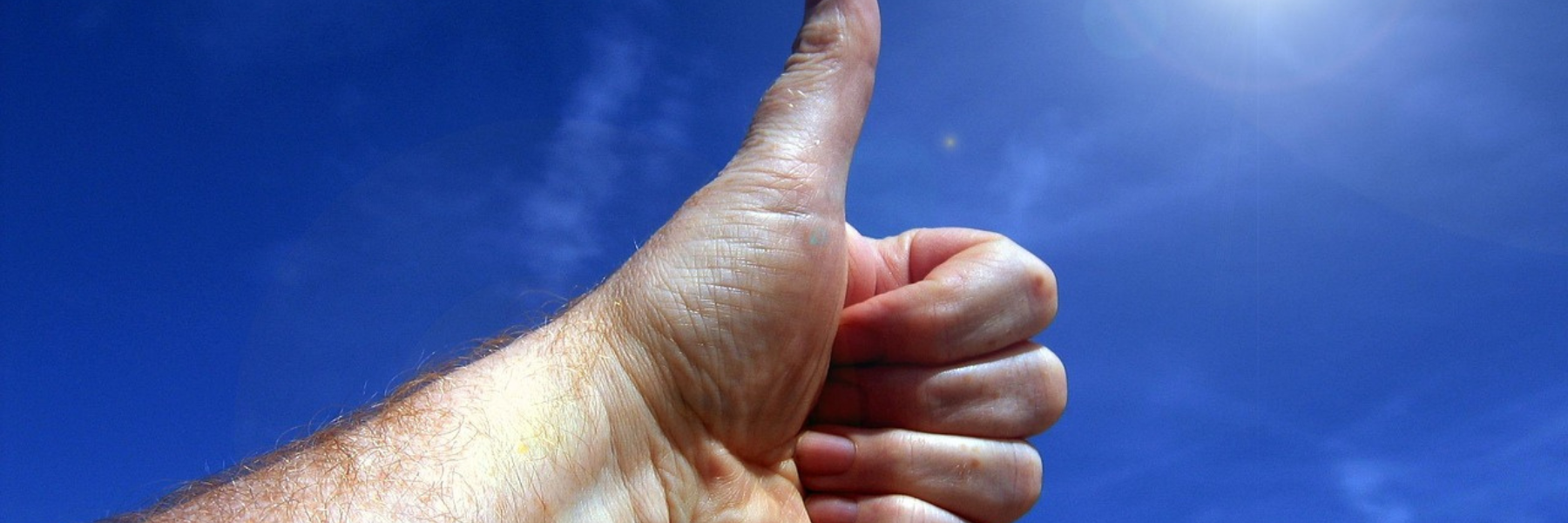From tech hackathons to inclusive cafés, theaters, and global talent platforms, people with disabilities are not just entering the workforce—they’re reshaping it. Structured support, role design based on strengths, and inclusive hiring practices create genuine career pathways.
Other employers—from corporations to nonprofits—can learn: start small, think inclusively, build supports, and empower local or neurodiverse talent to thrive.
What’s happening
Despite lingering employment gaps—just ~37% of working-age Americans with disabilities are employed—individuals and organizations worldwide are forging new, empowering employment pathways.
Breakthroughs & Case Studies
✅ Amazon’s Supported Internship (UK)
A year‑long, structured training program for young people with autism and learning disabilities in UK Amazon fulfillment centers. Interns learn workplace skills, social norms, and gain high-retention jobs—often permanent—with pay around £14.50/hr. Just 4.8% of adults with learning disabilities are in paid work—this initiative helps shift that record.
✅ Specialisterne (Global)
Founded in Denmark, this social enterprise hires neurodivergent individuals for tasks like software testing and metadata management—leveraging their strengths in pattern recognition, attention to detail, and focus. Now operating in 26 countries, it turns autism and dyslexia into professional advantage (Wikipedia).
✅ Bitty & Beau’s Coffee (U.S.)
This café chain employs people with intellectual and developmental disabilities. With 20+ locations and 400+ team members, it emphasizes ability—not experience. Offers above-minimum wages and growth, reshaping how hospitality can be inclusive business (Food & Wine).
✅ Prospector Theater (Connecticut, U.S.)
A nonprofit movie theater where ~75% of the workforce have disabilities. Over 125 inclusive jobs created—from box office to board. Built to match passions with professions, it demonstrates community-based, inclusive employment at scale.
✅ Affirmative Hackathon (Brazil)
Zup Innovation’s remote hackathon designed for developers with disabilities: 50 participants yielded 10 hires and 146 candidates added to a talent pool. Serves as model for accessible recruiting and inclusive hiring practices.
Why it matters—The lessons
| Lesson | How to apply it |
|---|---|
| Structured support | Provide job coaching, mentorship, onboarding training (like Amazon’s program). |
| Play to strengths | Design roles using inherent abilities—e.g. pattern‑focused tasks for neurodiverse employees. |
| Hybrid funding models | Combine social enterprise, donations, and community support—Bitty & Beau’s and Prospector Theater show viable models. |
| Accessible recruitment | Use inclusive events (hackathons, remote options) to connect talent with opportunity. |
| Representation matters | Organizations like Specialisterne and advocacy groups normalize inclusion across hiring and governance. |
Broader impact
- People with disabilities bring creativity and resilience that benefit teams and drive productivity.
- Employing neurodiverse talent boosts innovation—studies show productivity gains of up to 30% when inclusive cultures are adopted.
- Employment-first policies at the state level (e.g. Washington, Oregon) show 57–83% success in supporting citizens with disabilities into work—demonstrating what public leadership can do.


